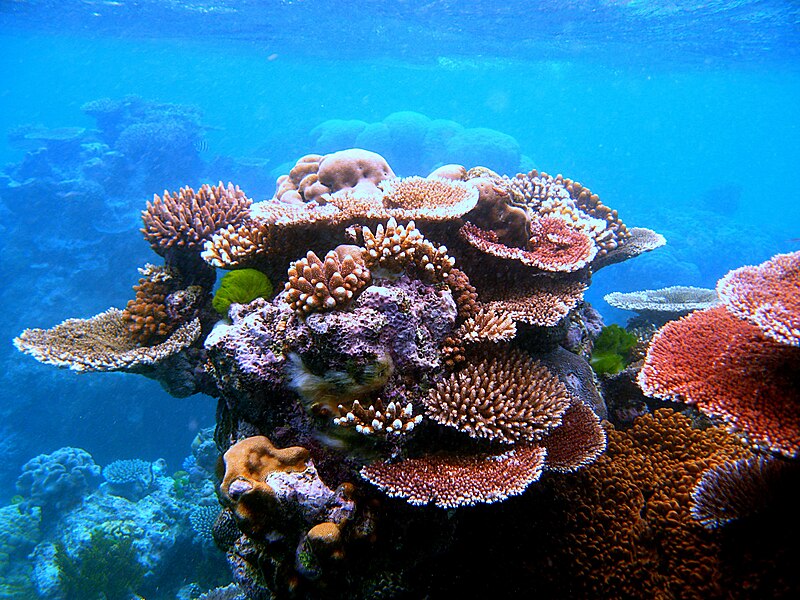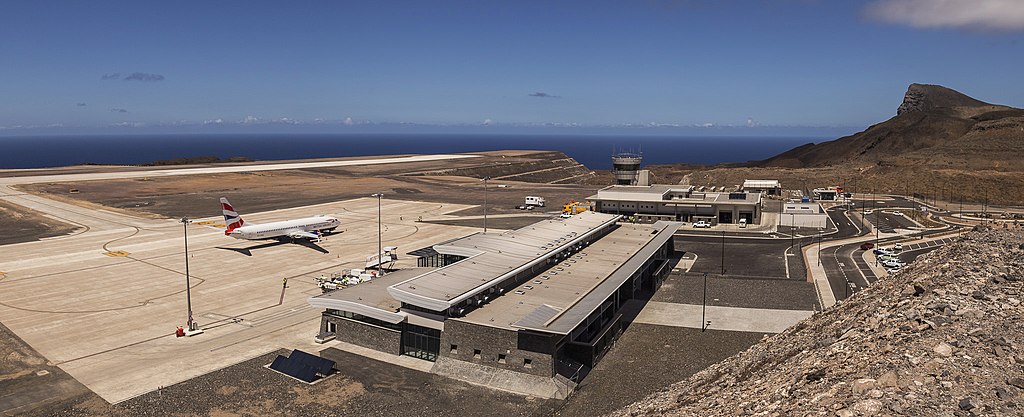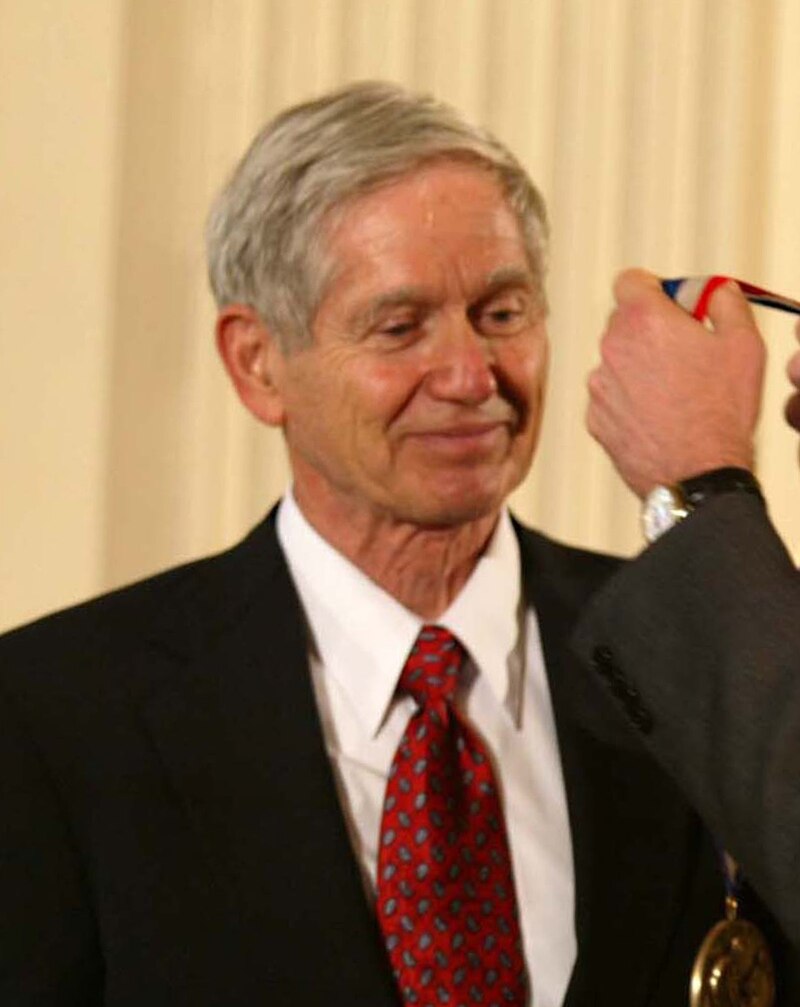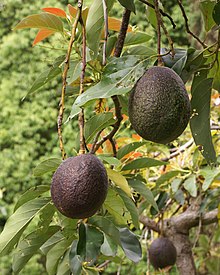Landschlacht, Switzerland, 23 – 26 September 2016
As the few, but faithful, followers of my blog know, I am a freelance teacher of English as a second language here in Switzerland.
So this position often finds me, on a regular basis, in situations that can be quite challenging.
My latest challenge is an old foe I have wrestled with on a number of occasions in the past: institutions which insist their students learn what they aren´t enthusiastic about learning.
And, truth be told, this is a battle I haven´t always won, for one must somehow make seductive that which isn´t that seductive in the first place.
Think back to high school and the subjects you had that you were forced to take but you didn´t enjoy.

While I was excited by literature and history and geography, I was unmotivated by science, math or tech.
I couldn´t have cared less, and I often suspect that the only reason I passed those courses is that the teachers wanted me out of their courses and gave me marks I didn´t deserve!
Only years later by travelling and independent home study did there arise within me an abstract attraction to these subjects.
Now my latest challenge is that I have somehow talked a school into believing that I am competent enough to teach technical English to employees of a company that produces coffee machines.
The school that chose their textbooks seems unconcerned that the textbooks that the students use are not particularly related to the daily business of the employees.
So, for example, I have had to make relevant subjects like oil drilling and laser technology to people who have no interest in them, and, truth be told, are subjects I am not much motivated to teach.

Now, normally I would simply persevere and keep teaching these subjects to the best of my ability regardless of diminishing class attendance until the course had been completed.
But, yesterday, a conversation after class with one of my students has made me reconsider my approach and attitude to these courses.
Nicole told me that the firm Eugster Frismag AG once had “ordinary” English courses, but after a multitude of complaints from the students that the courses weren´t technical enough they asked my school to offer a curriculum of technical courses.
Now I have taught technical English courses before Eugster Frismag – at technical colleges and companies – so I was assumed to be a natural choice for this assignment.
But I would be speaking falsely if I claimed that teaching these courses came naturally to me.
I have felt like a fish on the shore teaching lobsters about the glory of mountains.
But when Nicole told me that she was unhappy with the technical aspects of the course but remained with the course in hopes of improving her English, I have become filled with a new resolve…
To make what I teach (and, by extension, what I write) both relevant and interesting to my audience.
Now before you, my gentle readers, grow fearful that I am going to now wax poetically about snake wells vs vertical wells, or explain in excruciating detail everything you didn´t want to know about Light Amplification by Stimulated Emission of Radiation, let me assure you that this is not my intention.

If it could be said that my blog possesses a style or a theme, the approach I try to take with my writing is to take my personal experiences as well as the events of the day and combine them to make writing that is both interesting and relevant to the reader.
I am not always sure that I am successful, but I always keep trying.
In my search for relevant materials that might capture the interest of others I again turn to headlines of the day:
“Something isn´t right with our Internet shopping habits.
With every new delivery…
Another cardboard box.

Scientists and policy makers are grappling with the long term environmental effects of an economy that runs increasingly on instant gratification.
We want what we want NOW and companies like Amazon and Google are eager to deliver.
The $350 billion e-commerce industry has doubled in the last five years.
The environmental cost includes 35.4 million tons of cardboard (2014) and the emissions of increasingly personalised freight services.
Consumers share as much responsibility for the environmental cost of the deliveries as the companies that provide the speedy services.
The Fibre Box Association – the trade group of the cardboard industry – estimates that the use of boxes for e-commerce is growing faster than most other market segments.
Robert Reed, a spokesman for Recology, San Francisco´s main recycling processor, which collects 100 tons of cardboard every day, has a simple solution:
Slow down consumption.” (NY Times, 16 February 2016)
“Facing a six-year barrage of increasingly large earthquakes, Oklahoma regulators are ordering the state´s powerful oil and gas industry to substantially cut back the underground disposal of industry wastes that have caused tremors across the state.
The Oklahoma Corporation Commission has asked well operators in central Oklahoma to reduce by 40% the amount of oil and gas wastes they are injecting deep into the earth.
The actions significantly increase the effort to rein in the earthquakes, which the Commission has long tried to reduce one well or a handful of wells at a time, but they are an equally notable challenge to the industry, which will most likely be able to make the cutbacks only by reducing oil and gas production.
The liquid wastes are a byproduct of pumping oil and gas.
The more that is drawn from the ground, the more wastes must be disposed.
Most of the oil and gas industry has cooperated with the Commission´s earthquake reduction efforts in the past, but a handful have complied only under pressure.
The new orders come after three of the largest quakes in Oklahoma´s history, 4.7, 4.8 and 5.1 magnitude shocks that rocked a major oil field this year.
In 2010, when the tremors began, Oklahoma recorded three earthquakes at or above a magnitude of 3.0.
Last year, Oklahoma had 907.
Although critics contend that earthquakes have caused millions of dollars of damage, Oklahoma´s political leaders have long been reluctant to impose restrictions on an industry that dominates the state´s economy.
Until last spring, Republican Governor Mary Fallin maintained that the cause of the tremors was unclear and the state legislature refused to consider legislation addressing the issue.

Governor Fallin abandoned her position as the number of quakes rapidly increased, but the political leadership was not jolted into action until January after a series of small earthquakes damaged homes and interrupted power in Edmond, an Oklahoma City suburb and home to many in the state´s political and financial elite.” (NY Times, 7 March 2016)
Pollution in America has gotten so bad that immigrants need to be persuaded to trust the tap water…
“At a time when water crises in communities like Flint, Michigan, and Newark, New Jersey, have eroded confidence in public water systems – particularly in poor and minority communities – a health outreach initiative in Colorado is trying to dispel the notion that all tap water is harmful…”(New York Times, 31 March 2016)

Above: Flint River, Flint, Michigan, in the 1970s
And environmental problems are not exclusively American…
“Queensland tourism operators have broken their silence about the worst crisis ever faced by the Great Barrier Reef, with more that 170 businesses and individuals pleading with the Australian government to take urgent action to tackle climate change and ensure the Reef survives.
Many tourism operators have previously been quiet about concerns for the Reef, fearful that speaking about the mass bleaching event would turn tourists away, lowering their incomes in the short term.
The Great Barrier Reef is in the midst of the worst bleaching event ever seen, with virtually the entire Reef affected.
Unusally warm water has killed as much as half the corals in the northern sections and scientists have found climate change will make those conditions normal in less than 20 years.” (Guardian, 6 May 2016)

And in the Great White North…
“Real life sightings of grolar bears (a hybrid breed of polar and grizzly bear) are becoming more common as the Arctic warms at twice the rate of the rest of the planet, driving the two species closer in the hunt for food.

In Hudson Bay there have been documented cases of polar bears and grizzlies feasting on a whale carcass together.
The hybrid may ultimately become a threat to the polar bear, as grizzlies are more numerous and their territory is expanding, meaning that they could dilute the polar bear population until it fades away altogether.” (Times, 25 May 2016)

Let´s look in at the wildlife of the Dark Continent…
“More than 1,300 rhinos were killed by poachers in Africa last year, the highest number since a surge in their slaughter began a decade ago.

Poachers target rhinos for their horns, which are used in traditional Asian medicines in the belief that they cure hangovers, fevers and even cancer.
Rhino horn can be worth more than gold on the black market.
Black rhinos are much rarer than white rhinos, with only 5,000 in the wild, compared with 70,000 in 1970.
Africa has fewer than 750 eastern black rhinos, the rarest of three subspecies.” (Times, 6 June 2016)
“The fight over a titanium mine near the South African village of Xolobeni is a symbol of the struggle between traditional industry and a sustainable future.
The dunes appear endless.
Behind them lie rolling grassy hills, banana trees, sweet potato fields and thatched huts.
There are horses, goats and dogs, but no roads, no towns.
The only constant sound is the crash of the breakers from the Indian Ocean.
This is Xolobeni, a remote village on the eastern shore of South Africa and the focus of a bitter dispute over a massive titanium mining project.
For activists, the story is simple:
An exploitative international mining company is set on uprooting a community and destroying the local environment to reach precious ore.
For supporters of the project, the opposite is true:
Much needed investors have come to help South Africa exploit a key resource and develop an impoverished region.
Nonhle Mbuthuma, 40, an activist against the project and who grew up in the area, claims that much of the coast and its hinterland would be destroyed by the mining project, with water sources drained, fish stocks undermined, farms razed and over 2,000 people displaced to rudimentary township settlements.
“Xolobeni will become a desert.
They (the Australia-based Mineral Commodities – MRC) will poison everything.
We are living with the plants and nature and we know that without the plants we cannot live.
The mine will poison our land.
Our way of life will die completely.” (Observer, 12 June 2016)
And as we take more from Earth, Earth is less able to meet our demands…
“An upsurge in the international and local demand for avacados has inspired widespread theft in New Zealand, creating a black market for the popular fruit.
So far this year there have been nearly 40 large scale thefts from avocado orchards on the North Island with as many as 350 avocados being stolen each time.
“We have reports of people driving utility vehicles into orchards and filling up the entire back tray.
Growers are finding blankets and duvets in their orchards with piles of avocados in them that thieves have picked before being interrupted.
There´s certainly a large scale theft going on and large numbers of it going on.”(Bevan Jelley, NZ Avocado Market manager)(Independent, 15 June 2016)
We need to learn to strike a balance with nature…
“The new airport on the island of St. Helena, in the south Atlantic 1,200 miles from the African coastline, where Napoleon spent his last days, may never open because of wind and turbulence risks.

The opening of the airport, built for about 250 million pounds, was indefinitely postponed last month after test flights showed that dangerous wind conditions made landings and take-offs unsafe.” (Times, 4 June 2016)
“As Louisiana floodwaters recede, the scope of the disaster comes into view.

Louisiana said that at least 11 people died and that about 30,000 people had been rescued.
In Louisiana, severe weather can often seem a trauma visited and revisited, but the disaster unfolding last month fits into a recent and staggering pattern in more than half a dozen states, where floods have rolled out at such a scale that scientists say they might be a once every 500 or 1,000 year occurrence.
The cumultative, increasingly grim toll, from Maryland to South Carolina to Louisiana to Texas, includes scores of lives and billions of dollars in economic losses.
Everywhere the same refrain – that it has never happened like this – has given rise to the same question:
How should communities and families plan for deluges that are theoretically uncommon but now seem to play out with appaling regularity?
As Louisiana faced its second catastrophic flood in about five months, climate scientists elsewhere cautioned that the state was unlikely to be the last to confront a disaster like this one.
“There is definitely an increase in heavy rainfall due to climate change.
The actual increase from place to place is going to be variable because of the randomness of the weather.
Some places will see a dramatic change.”(John Nielsen-Gammon, Texas state climatologist)”(New York Times, 17 August 2016)
“The winter job of the RRS Ernest Shackleton is to support British research in the Antarctic into the effects of climate change.

During the summer the ship supports a cruise liner, Crystal Serenity, whose passengers have a choice of eight restaurants, afternoon tea, golf tuition and an itinerary through the Arctic Northwest Passage possible only because of climate change.

“There is something terribly ironic about taking advantage of climate change to see an ecosystem that is undergoing destruction.
This ship can only go because of climate change.
As sea ice disappears so will the ecosystem based around it.
This is extinction tourism.
They are going to see animals before they disappear.
I find that extremely problematic.”(Michael Byers, University of British Columbia)(Times, 18 June 2016)
We are destroying this planet, our home, in the name of comfort and convenience, in the name of progress and profit.
All of nature, including man, is part of one great whole interdependent ecosystem.
The destruction of any of its components means the decline and destruction of the whole.
Carbon dioxide is a greenhouse gas that traps heat in Earth´s atmosphere.
Its concentration in the air is rising in line with fossil fuel consumption.
Earth´s temperature is rising.
We are the cause of global warming.
“The demand for energy is certain to increase…as an ever larger population strives to improve its standard of living.“(Charles Keeling, author of Climate Change and Carbon Dioxide: An Introduction)

The more we demand products, the more products are produced.
The more products are produced, the more fuel is consumed – both in these products´ production as well as their delivery.
So many of us are dependent upon technology for our daily lives yet despite this the country that uses these technologies the most – the United States – doubts science the most.
According to the National Geographic magazine of March 2015, a third of Americans believe that humans have existed in their present form, less than half of them believe in global warming, that the moon landing was fake, that vaccinations cause more harm than good and that genetically modified food is evil.

Perhaps it is a question of rejecting what isn’t understood.
Perhaps it is a fear that science has its own agenda.
Perhaps this fear is caused by the truth of science refuting “truths” we believe to be “self-evident“, truth we prefer to be true rather than what actually is.
Some folks believe that climate change is a fantasy meant to prevent industry from making a profit.
And even the nature of science that rarely claims absolute certainty as there remains gaps in knowledge causes folks to doubt its evidence for science does not pretend to be infallible.
But nature has its laws…
And measurement of phenomena is usually reliable.
It never fails to astound me that it is easier for some folks to believe in God than it is for them to believe in scientific evidence….
To believe in technology but not in the science behind the technology…
To believe only the information that fits with our belief systems.
We believe what the Internet says if what we read conforms to our wishes.
It is an age of disbelief, despite all evidence justifying belief.
Climate change is real.
Climate change needs to be stopped.
We need to change our lifestyles, for our planet can no longer be sustained if we don´t.
I support the environment, because I live in one.






